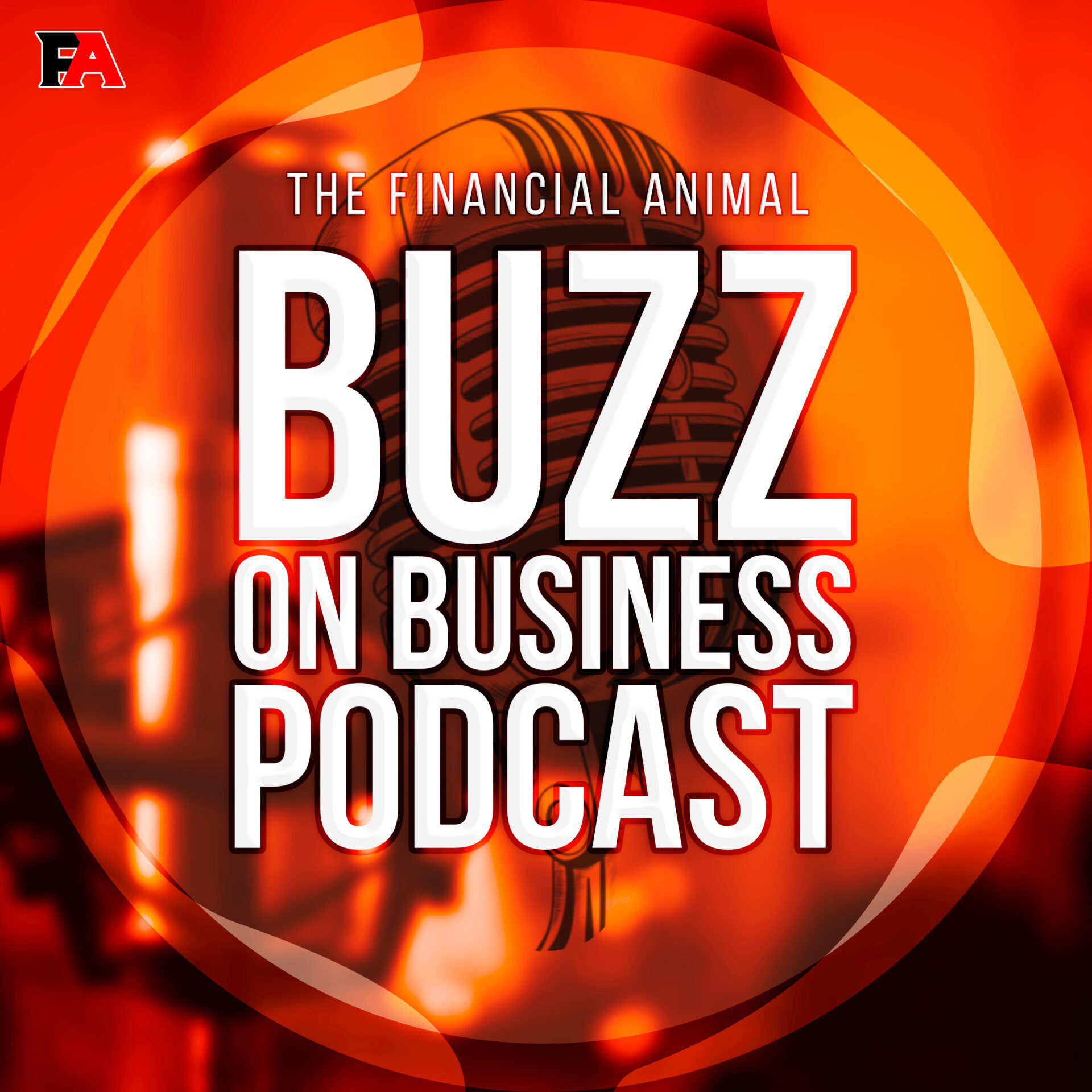
Today is the first trading day of September so perhaps we ought to discuss a phenomenon known as the September Effect.
Of the twelve months of the year, September is the worst performer. Indeed, since 1928, through last year, September has averaged a decline. If you had bet against September every year for the last 100 years, you’d have made a tidy profit. However, if you’d started in 2014, ten years ago, you’d have lost a fair amount of money.
The September Effect is what’s known as a Calendar Based Anomaly. It challenges the basic premise of the Efficient Market Hypothesis which posits that no such tradable anomalies can exist. That Hypothesis holds that every month is identical to every other month, as is every week, day, hour and even minute.
There have been several attempts to explain this phenomenon. One that makes sense to us is that institutional investors begin to lock in gains as the fourth quarter begins, so their annual reports look better—or less worse.
Another is that parents need to sell stocks in September to write those big tuition checks to colleges and universities across the country.
Our take is that it is a bit of a self-fulfilling prophecy, that some month has to be the worst performing. You’ve got twelve to choose from. September just happens to win the crown.
Friday was a volatile day for markets, not unsurprisingly given that it was a Friday, in August, before a long weekend. Stocks opened higher, sold off throughout the morning hours, before rallying into the close for decent gains on falling, below average volume.
Rates were mostly higher on Friday, but not by much.
The Personal Consumption Expenditures Index, the Federal Reserve’s preferred measure of inflation came in a tick below expectations on Friday, although the month-over-month numbers, for both the PCE and the Core PCE came in at 0.20%, as expected. That’s 2.4% annualized, above the Fed’s target rate but not too bad and a number that should be reassuring to traders and central bankers that inflation is not likely to reignite and that rates will indeed start coming down.
In that vein, the University of Michigan’s survey of consumers’ expectations came in a bit better than expectations. Survey participants expect inflation to run at a 2.8% annual rate and for the economy to grow moderately over the next twelve months.
It’s Labor Market week here at the Ministry of Truth, this week. The JOLTS job openings report is expected on Wednesday.
Thursday will bring us the ADP nonfarm payrolls for August as well as Initial and continuing jobless claims that we get every Thursday.
And on Friday, the Jobs Report. Recall that last month’s job’s report disappointed as the number of jobs created fell well below expectations and the unemployment rate ticked up to 4.3% which caused some commentators to claim that the Fed has waited too long to cut rates and others to demand an emergency mid-meeting rate cut, which would have been a really dumb idea.
Expectations are for those numbers to reverse, to improve somewhat. Despite some recent weakness, the labor market has been surprisingly resilient during this period of elevated interest rates.